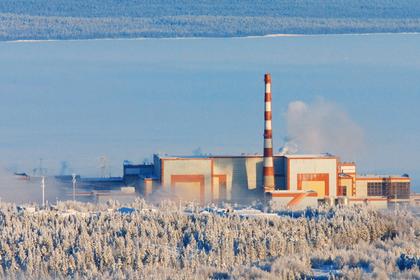RUSSIAN SAFE NUCLEAR FUEL
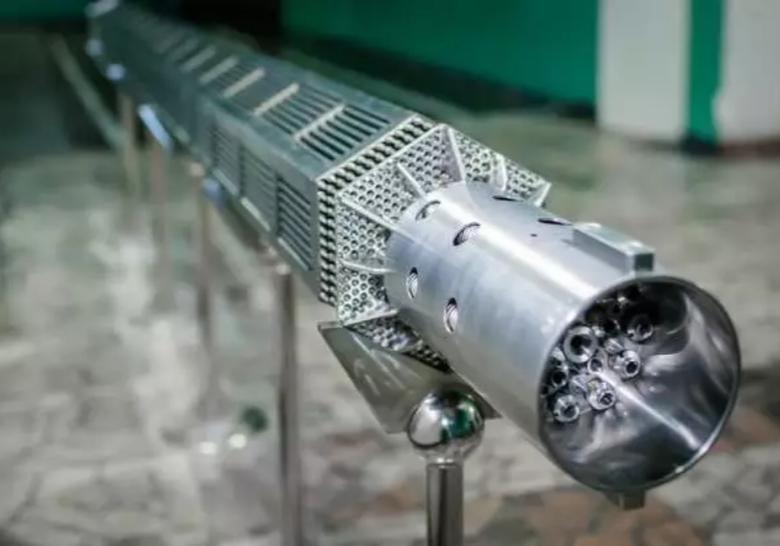
РЕЙТЕР -
-----
Раньше:

2018, March, 14, 11:45:00
REUTERS - U.S. West Texas Intermediate (WTI) crude futures CLc1 were at $60.77 a barrel at 0753 GMT, up 6 cents, or 0.1 percent, from their previous settlement. Brent crude futures LCOc1 were at $64.62 per barrel, down just 2 cents from their last close.
|

2018, March, 7, 15:00:00
РЕЙТЕР - К 9.17 МСК фьючерсы на североморскую смесь Brent опустились на 0,85 процента до $65,23 за баррель. Фьючерсные контракты на американскую лёгкую нефть WTI к этому времени торговались у отметки $62,07 за баррель, что на 0,85 процента ниже предыдущего закрытия.
|

2018, March, 7, 14:00:00
EIA - North Sea Brent crude oil spot prices averaged $65 per barrel (b) in February, a decrease of $4/b from the January level and the first month-over-month average decrease since June 2017. EIA forecasts Brent spot prices will average about $62/b in both 2018 and 2019 compared with an average of $54/b in 2017.
|

2018, March, 5, 11:35:00
РЕЙТЕР - К 9.28 МСК фьючерсы на североморскую смесь Brent поднялись на 0,33 процента до $64,58 за баррель. Фьючерсные контракты на американскую лёгкую нефть WTI к этому времени торговались у отметки $61,44 за баррель, что на 0,31 процента выше предыдущего закрытия.
|

2018, March, 4, 11:30:00
МИНФИН РОССИИ - Средняя цена нефти марки Urals по итогам января – февраля 2018 года составила $ 65,99 за баррель.
|

2018, February, 27, 14:15:00
РЕЙТЕР - К 9.18 МСК фьючерсы на североморскую смесь Brent опустились на 0,15 процента до $67,40 за баррель. Фьючерсные контракты на американскую лёгкую нефть WTI к этому времени торговались у отметки $63,80 за баррель, что на 0,17 процента ниже предыдущего закрытия.
|

2018, February, 27, 14:05:00
МИНФИН РОССИИ - Средняя цена на нефть Urals за период мониторинга с 15 января по 14 февраля 2018 года составила $66,26457 за баррель, или $483,7 за тонну.
|
RUSSIAN SAFE NUCLEAR FUEL

N - 9 March 2021 - Rosatom’s Research Institute of Atomic Reactors (NIIAR) and the AA Bochvar Research Institute of Inorganic Materials (VNIINM), part of TVEL fuel company, have completed new stages in the development of Russian accident tolerant fuel (ATF) for VVER and pressurised water reactors. New fuel assemblies with experimental fuel rods have completed a second cycle of irradiation tests in NIIAR’s MIR research reactor in Dimitrovgrad. Each of the two experimental fuel assemblies contained 24 fuel elements with four different combinations of cladding materials and fuel composition. Fuel pellets were made from traditional uranium dioxide and uranium-molybdenum alloy with increased density and thermal conductivity. After the first and second cycles of irradiation, several fuel elements from each fuel cassette were removed for post-reactor material science studies, and new non-irradiated samples were inserted instead. After two cycles of irradiation in the MIR reactor, all the fuel elements were still hermetically sealed.
In addition, TVEL has ordered VNIINM to began R&D work on the development of technology for the manufacture of ATF tablets using uranium disilicide (a compound of uranium and silicon - U3Si2). An experimental U3Si2 ingot has already been manufactured for the subsequent development of the technology for the production of powder and tablets.
“The new study on tolerant fuels is driven by the benefits of uranium disilicide. Firstly, it has higher density and uranium content, which makes possible the transition to longer fuel cycles without increasing the enrichment in uranium-235,” said Alexander Ugryumov, Rosatom’s Vice President for Science and Technology Activities and Quality. “Secondly, high thermal conductivity and low heat capacity means less stored heat in the reactor core and a lower temperature of the cladding of the fuel elements. Thirdly, a lower operating temperature can lead to an improvement in the operational characteristics of the fuel.”
-----
Earlier:
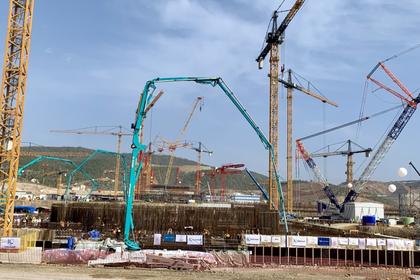
2021, March, 11, 13:35:00
ROSATOM IS BUILDING AKKUYU
Russian President Vladimir Putin and Turkish President Recep Tayyip Erdogan joined the ceremony via videoconference. Energy and Natural Resources Minister Fatih Dönmez, ROSATOM Director General Alexey Likhachev and Akkuyu Nuclear JSC CEO Anastasia Zoteeva were present at the Akkuyu NPP site.
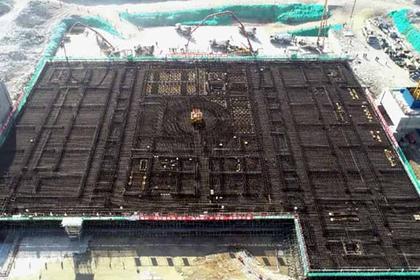
2021, March, 5, 11:30:00
RUSSIA'S NUCLEAR FOR CHINA
Tvel said the new production facility in Elektrostal is a result of a contract signed as a part of a 2018 nuclear cooperation deal between Russia and China, which included the joint construction and operation of the CFR-600 plant.
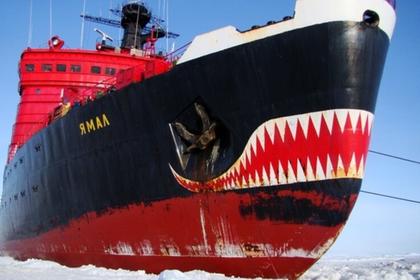
2021, February, 9, 15:35:00
ЗАКАЗЫ РОСАТОМА $250 МЛРД.
Очень важно отметить, что портфель зарубежных заказов остаётся на уровне свыше 250 млрд долларов, а в 10-летней перспективе он колеблется в районе 140 млрд.
All Publications »
Tags:
RUSSIA,
NUCLEAR,
FUEL,
ROSATOM


